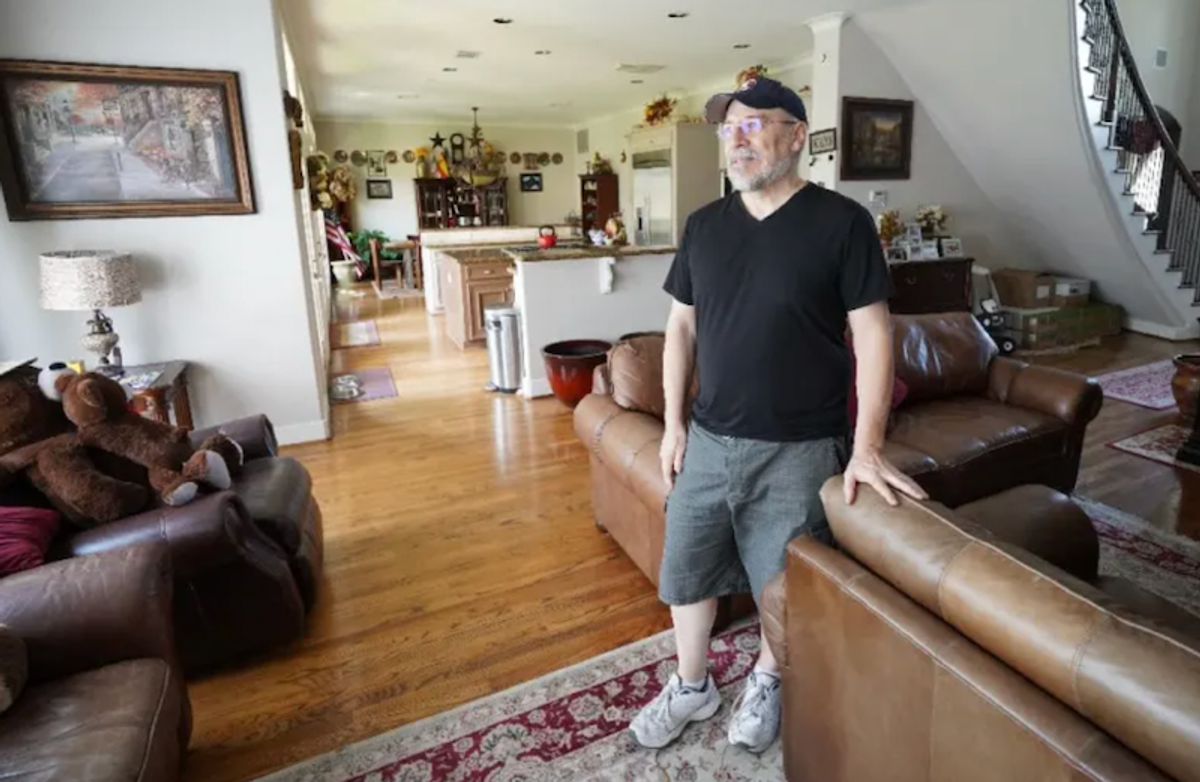
Issued on: 15/09/2021 - 1
Paris (AFP)
Thousands of seabirds that wash up on Atlantic coasts every year could have been starved to death by cyclones that whip up "washing machine" waves, a new study says, with experts warning the phenomenon could worsen with climate change.
Puffins, auks and guillemots -- hardy little birds that nest in the Arctic -- head south each year to more hospitable but isolated islands off Newfoundland, Iceland or Norway.
But many are found washed up on beaches in mass die-offs that scientists now think are caused by violent winter cyclones that prevent them from feeding.
"Imagine winds blowing at 120 kilometres per hour (75 mph), waves 8 metres high (26 ft) and turbulence in the water that disturbs plankton and schools of fish the birds feed on," said David Gremillet of the French CNRS research institute, which coordinated the study published Tuesday in Current Biology.
"They're caught in a big washing machine," he told AFP.
Unable to fly clear of the storms, some of which last days, the birds likely cannot dive into the sea to feed or are perhaps unable to see their prey in the troubled waters.

With small reserves of body fat, an auk can die if it goes 48 hours without eating.
Gremillet said that scientists had suspected that storms were responsible for killing the birds.
"But what we didn't know was where and how," he said.
- Emaciated -
To find out, an international research team decided to track birds from 39 different colonies in the North Atlantic.
Focusing on five species, they equipped more than 1,500 puffins, auks, seagulls and two types of guillemots with global location sensors.
Clipped to the animals' feet at their various summer nesting sites, the sensors then tracked the birds' winter migration.
By looking at about a decade's worth of bird movement data and comparing it to winter weather patterns scientists were able to determine where the birds ran into cyclones.
They used models to estimate how much energy the birds were using to fly through the storms and ruled out cold or exhaustion as the killers.

So Gremillet said the most likely explanation remains "that the weather conditions are so horrible that the birds are not able to feed".
When tens of thousands of dead puffins and guillemots washed up on French shores in 2014, their bodies were particularly emaciated, said the study's main author Manon Clairbaux of the University of Montpellier.
Worldwide populations of these birds have declined by half since the 1970s due to habitat loss, pollution, competition with fishermen and accidental capture among the main threats.
And Gremillet said that cyclones, which are expected to increase in "frequency and intensity" with climate change, could become a bigger threat.
Though little can be done to prevent the killer storms, experts say mapping them allows conservationists to push for added protection -- like reduced commercial fishing -- for habitats in their paths.
"It's important to understand the dangers that threaten them," said Clairbaux.
© 2021 AFP















